Do you have a family member who was held POW during WWII? Throughout the war, hundreds of thousands of Allied troops were captured and taken Prisoner of War. They were held in POW camps in Europe and Asia. Some died while being detained and others set free at the end of the war. This month we’re highlighting our UK, Allied Prisoners of War collection.
This collection covers the years 1939-1945 and contains information about WWII POWs, including where they were held and, in many cases, what happened to them. You can search for a specific POW camp or search by region.
These records have either been created or collected by the War Office. Here are just a few examples of what you might find in this collection:

Military officials interviewed a Japanese soldier named Norihiko Ozaki. He was an eyewitness to events that took place at the Ballale Island POW camp. In his interview, Ozaki related his observations and general conditions within the camp. His transcribed statement describes sickness among the prisoners, escape attempts, and executions. More than 500 POWs died on Ballale Island.
The POW camp Stalag Luft III, near the German town of Saga (now Żagań, Poland), became well known after the release of the movie “The Great Escape.” Royal Air Force pilot and prisoner Roger J. Bushell masterminded an escape plan from the camp. More than 600 prisoners dug tunnels in the sandy subsoil below the camp. They reinforced the tunnels with random pieces of wood they scavenged. On March 24th, 1944, 76 prisoners escaped; 73 of them were captured, and an infuriated Hitler ordered the execution of 50. The collection contains records on Stalag Luft III and other German POW prison camps.
On January 28, 1944, in a terrible incident of friendly fire, the USAAF bombed a railway bridge in Allerona, Italy. A train crossing the bridge was hit, destroying some cars and derailing others. Unbeknownst to the Air Force, the train was filled with more than 1,000 Allied POWs. Without transportation lists, it was difficult to determine the losses, but estimates range from 200-600. See documents and correspondence related to this incident.
To research more about these and other POW camps during WWII, start searching this collection today on Fold3!



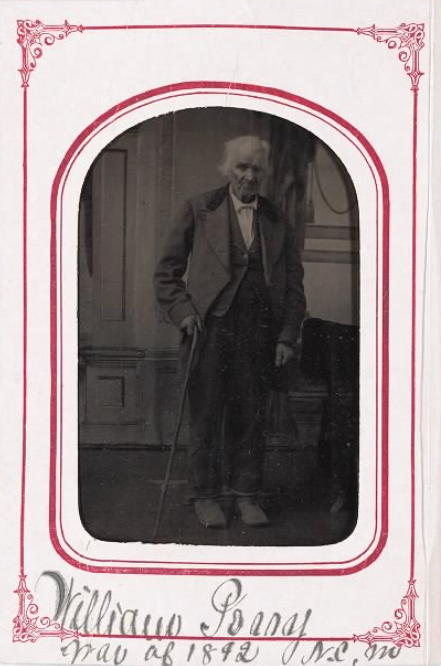
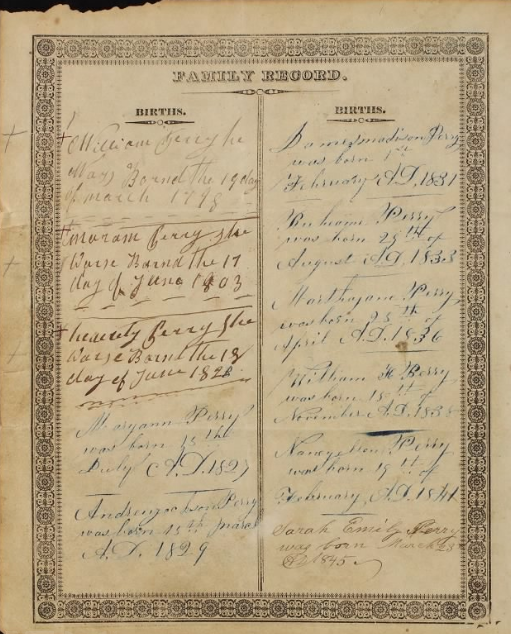
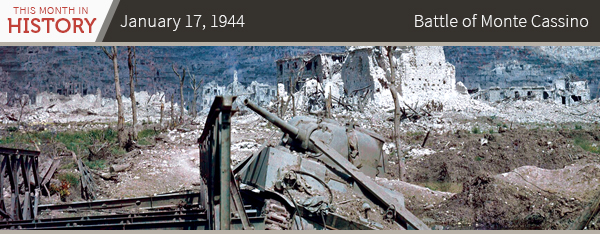
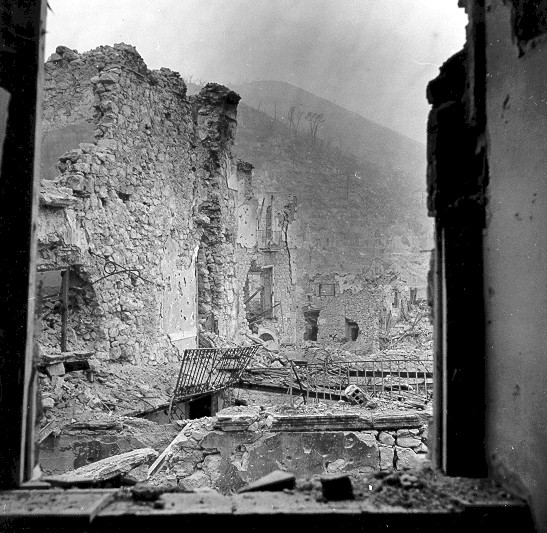
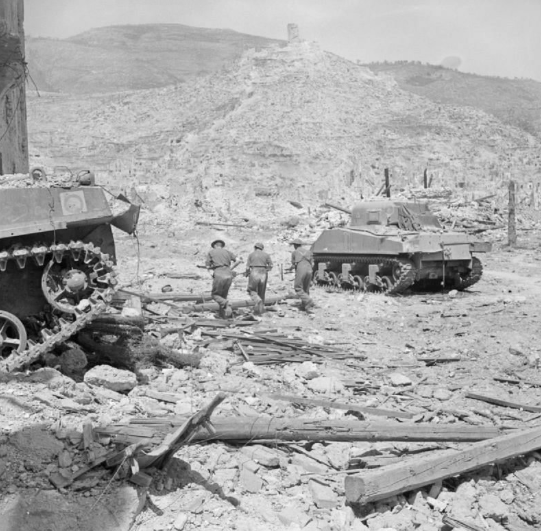 A third offensive began in March with heavy attacks in the town of Cassino, but tenacious German forces held their position. The fourth and final assault, known as Operation Diadem, began on May 11th and included
A third offensive began in March with heavy attacks in the town of Cassino, but tenacious German forces held their position. The fourth and final assault, known as Operation Diadem, began on May 11th and included 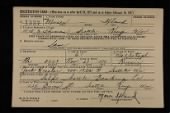
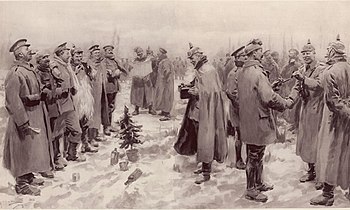 World War I: During WWI, members of the Expeditionary Force spent Christmas on the Western Front.
World War I: During WWI, members of the Expeditionary Force spent Christmas on the Western Front. 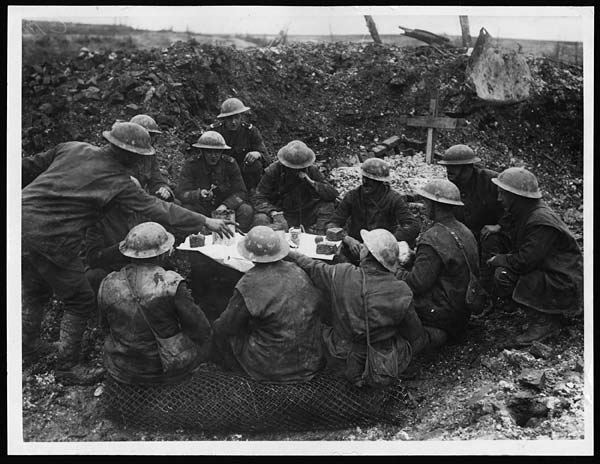 The soldiers all shook hands and posed for photographs with one another. “The hatred of war had been suddenly withdrawn and it left a vacuum in which we human beings rushed into contact with each other. The awfulness of war had not filled the corners of our hearts where love and Christmas live,” wrote Rader. The following morning a soldier hopped out of the trench, eager to continue the comradery experienced the night before. The crack of a rifle rang out and the man fell dead. The truce was over – but none there would ever forget the Christmas when for just a day, the war ended.
The soldiers all shook hands and posed for photographs with one another. “The hatred of war had been suddenly withdrawn and it left a vacuum in which we human beings rushed into contact with each other. The awfulness of war had not filled the corners of our hearts where love and Christmas live,” wrote Rader. The following morning a soldier hopped out of the trench, eager to continue the comradery experienced the night before. The crack of a rifle rang out and the man fell dead. The truce was over – but none there would ever forget the Christmas when for just a day, the war ended.